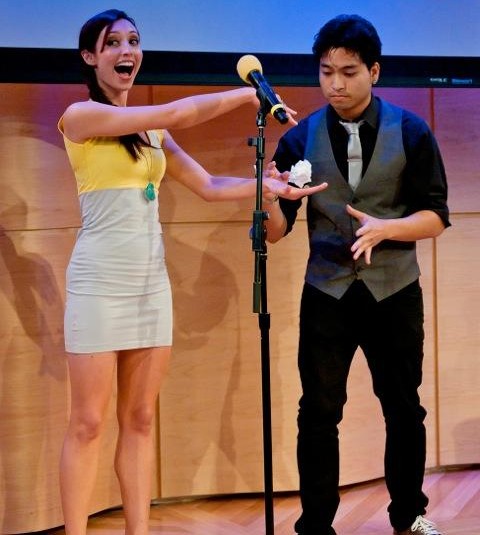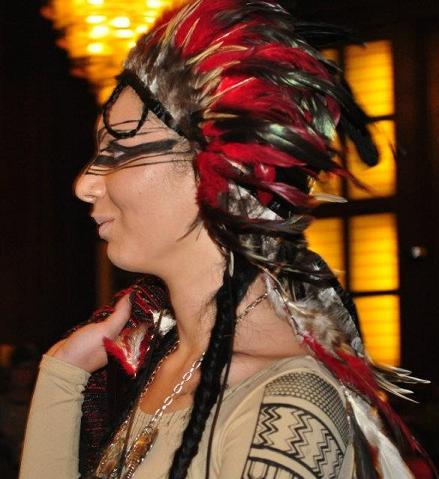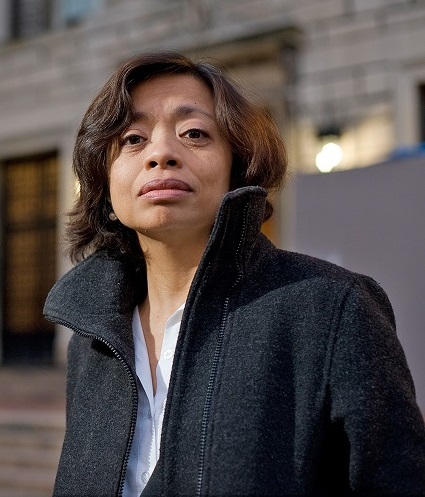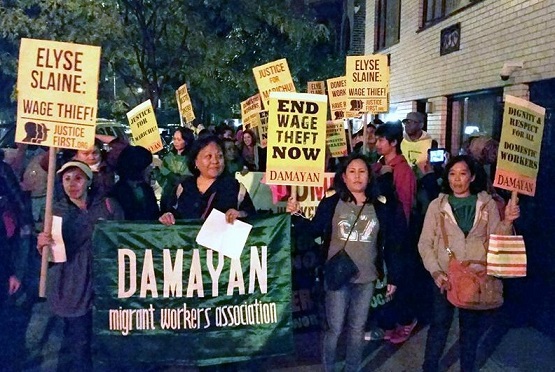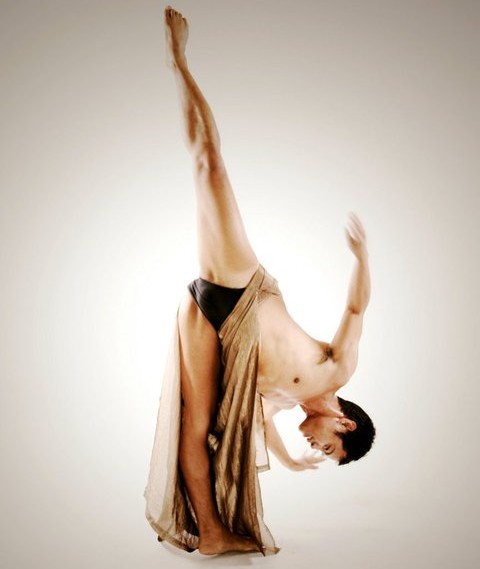So you think you can dance – and pay the bills?
By Roberto Villanueva
Many times I have found myself in situations where I am informing people who have limited knowledge of the dance world that I am a concert dance artist and not a commercial dance artist. Without hesitation, they would immediately ask, “What is the difference?”
In order to make a simple and clear distinction between the two, and because most people are more familiar with the music world than the dance world, I normally offer a generic parallel comparison between an opera singer and a pop singer. Thereafter, I provide the following explanation.
Typically commercial dancers perform on Broadway shows, cruise ships, Las Vegas shows, amusement parks, pop concerts (i.e., Madonna, Britney Spears, Beyonce, Lady Gaga), and television (“So You Think You Can Dance,” “Dancing with the Stars,” music videos, product commercials).
Concert dancers perform mainly at venues specifically dedicated for dance. Also, most concert dance companies (i.e., New York City Ballet, Alvin Ailey American Dance Theater) are generally limited to ballet, modern/post-modern, and contemporary techniques. It is more common to see jazz, tap, theatrical, hip-hop, and ballroom dance in the commercial arena.
Because commercial art tends to cater to the masses, commercial artists generally earn significantly more income than concert artists. There are few cases where concert dance artists are able to earn enough income (and other benefits) working for a large and well-established dance company.
But in contrast with commercial dancers who are able to pay their bills working in just one commercial job or contract, most concert dance artists usually have to work at least three jobs in order to pay their bills. For this reason, in addition to greater visibility, many concert dance artists cross over to the commercial dance arena.
Even though there has been a cross-fertilization between commercial dance and concert dance, there is still a huge disconnect between the artists from each arena when it comes to artistry. For instance, many concert dance artists do not view commercial dance as having artistic merit. This is partly because commercial dance tends to put more emphasis on flashy tricks, familiar/classroom steps, and showmanship, while concert dance tends to put more emphasis on the creative process, artistic intent, and technical virtuosity.
The bottom line is many commercial dance artists have done well in the concert dance arena and vice versa. Also, there is a handful of world renowned concert dance choreographers such as Twyla Tharp (“Movin’ Out”) and Bill T. Jones (“Spring Awakening”) who have made great contributions to Broadway.
Personally, I do believe artistic merit exists in both arenas because artistry is in the eye of the beholder. If you, as an artist, affected your audience members in the way you intended and the way they expected, then you have succeeded in your artistic endeavor.
However, it is important to note a couple of things. Not all dance artists can easily cross over between concert dance and commercial dance because each arena requires specific skills — and often specific physical attributes. Also, many individuals from the business world (i.e., lawyers, accountants) consider both arenas as commercial for the simple fact that each “sells” tickets to the general public.
To date, other than Elizabeth Roxas-Dobrish (a former principal of the world renowned Alvin Ailey American Dance Theater), I don’t think I have seen a Filipino American dancer receive a wide recognition in the field of concert dance. It is unfortunate because there are so many talented and amazing FilAm concert dancers out there. Many of them leave the concert world and go into the commercial arena because they know commercial artists get better recognition and receive much higher compensation. If you look at the roster of FilAm concert dance artists who have received high recognition in the U.S., you can probably count them in one hand.
Roberto Villanueva is the founder of BalaSole Dance Company, dedicated to providing visibility, artistic freedom and mentoring to underrepresented dance artists. “BalaSole” is derived from two words — “balance” and “Solo” – to promote diversity and individual artistry.

